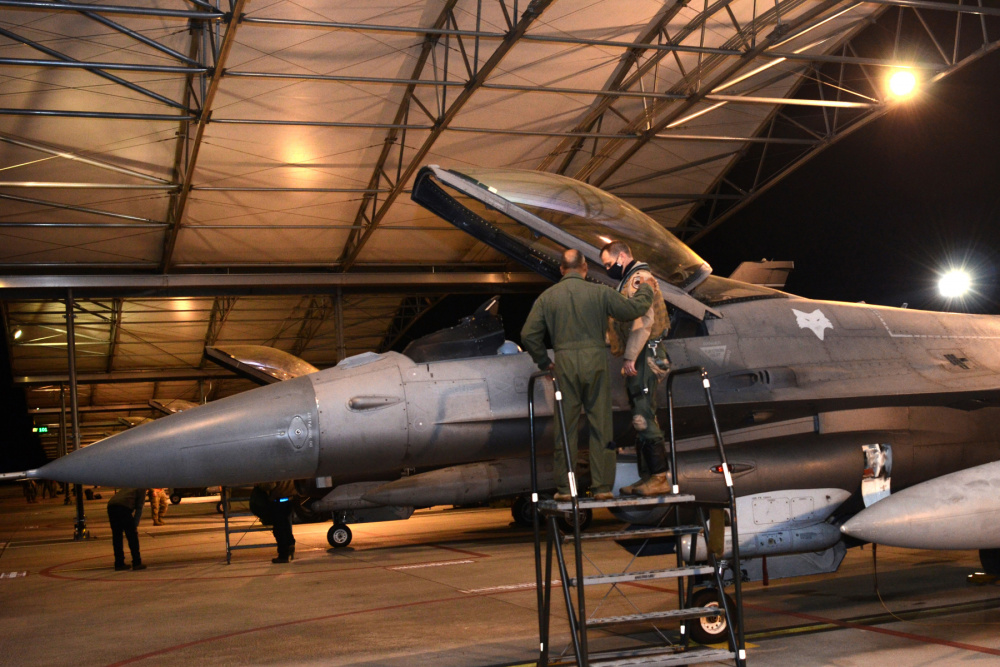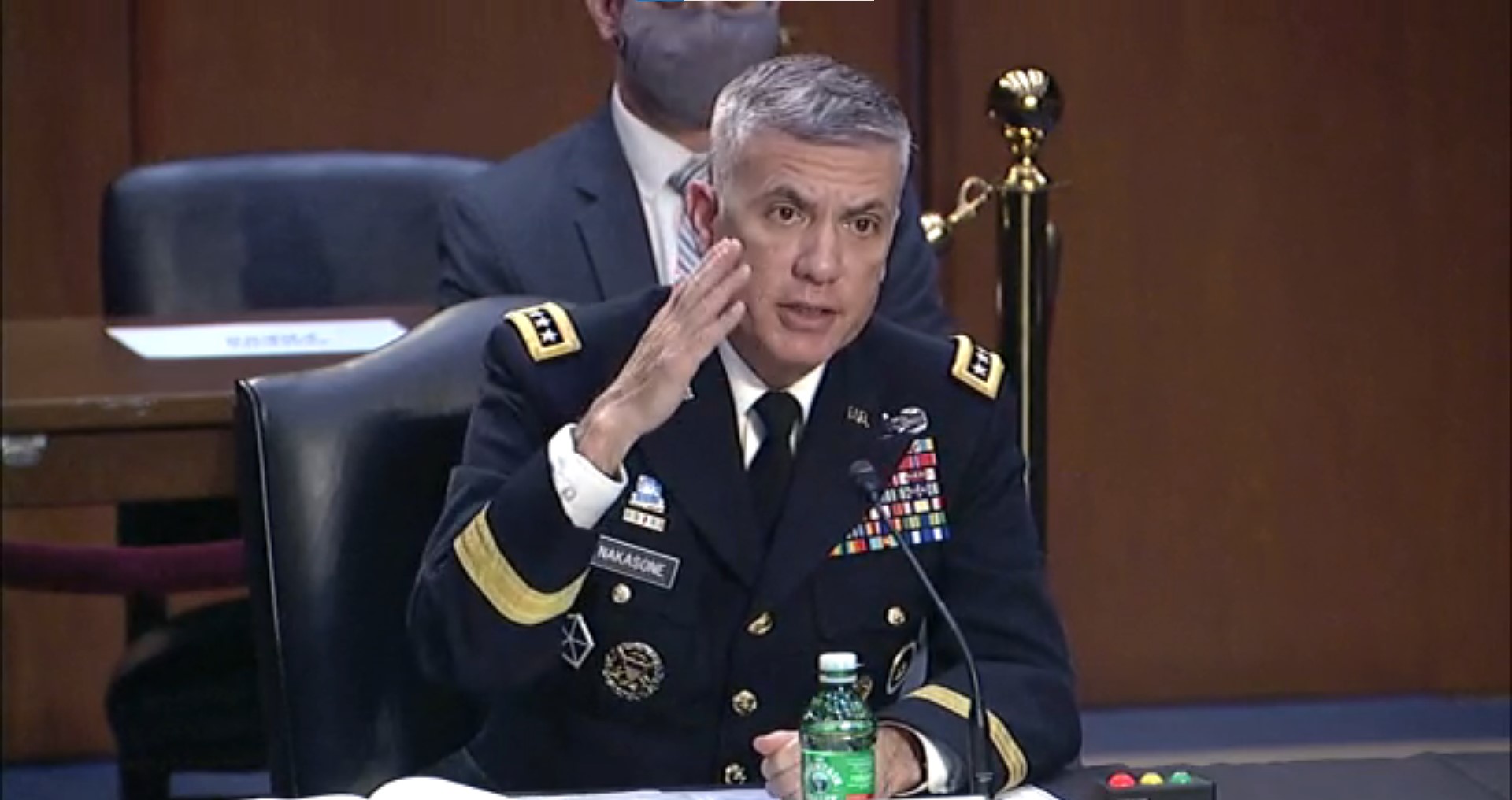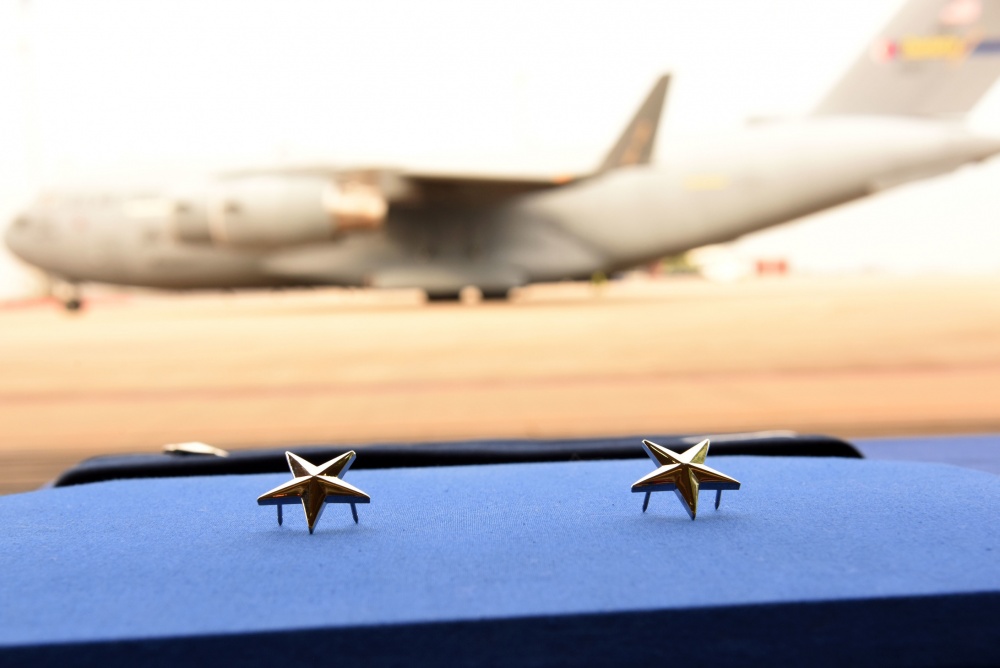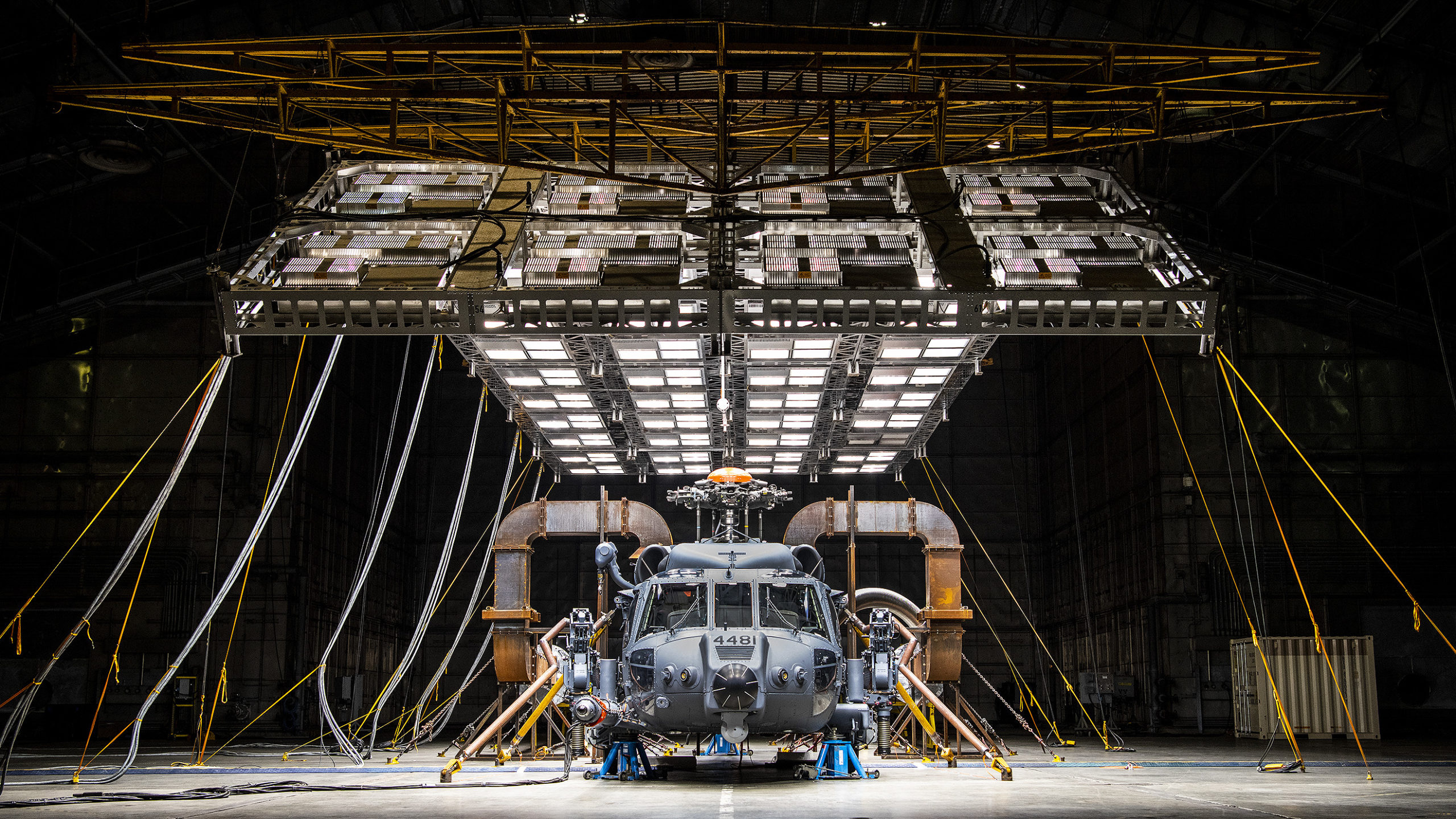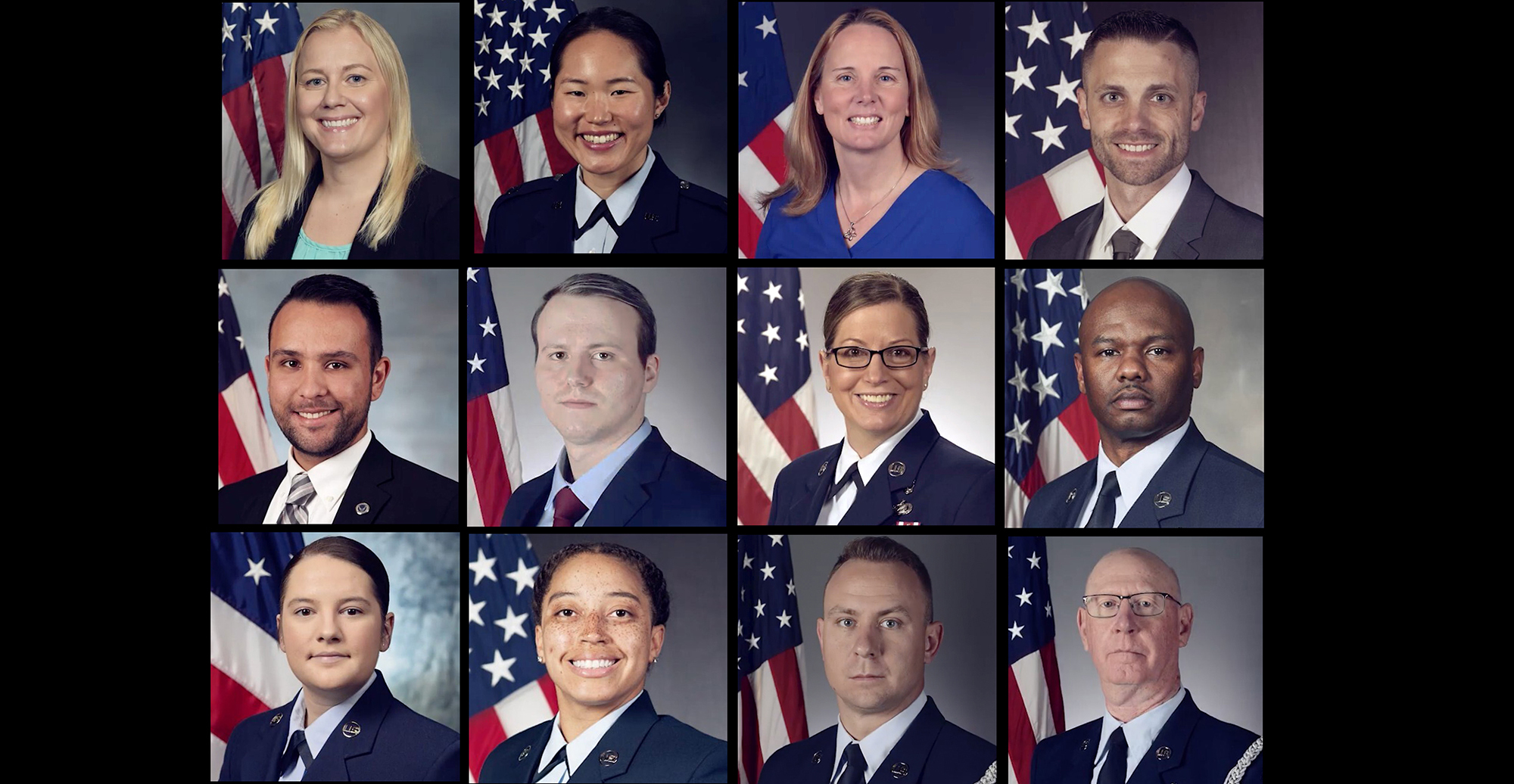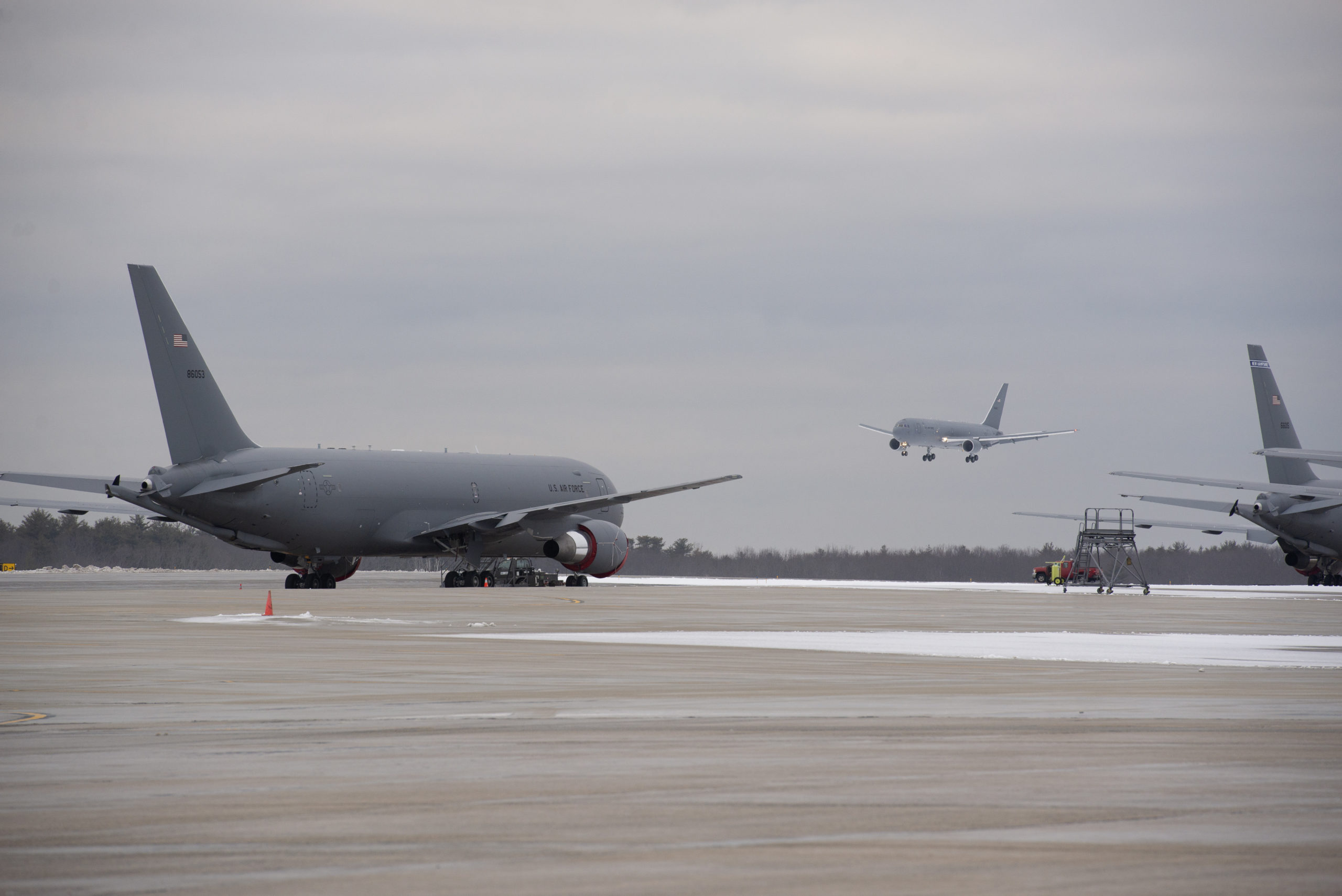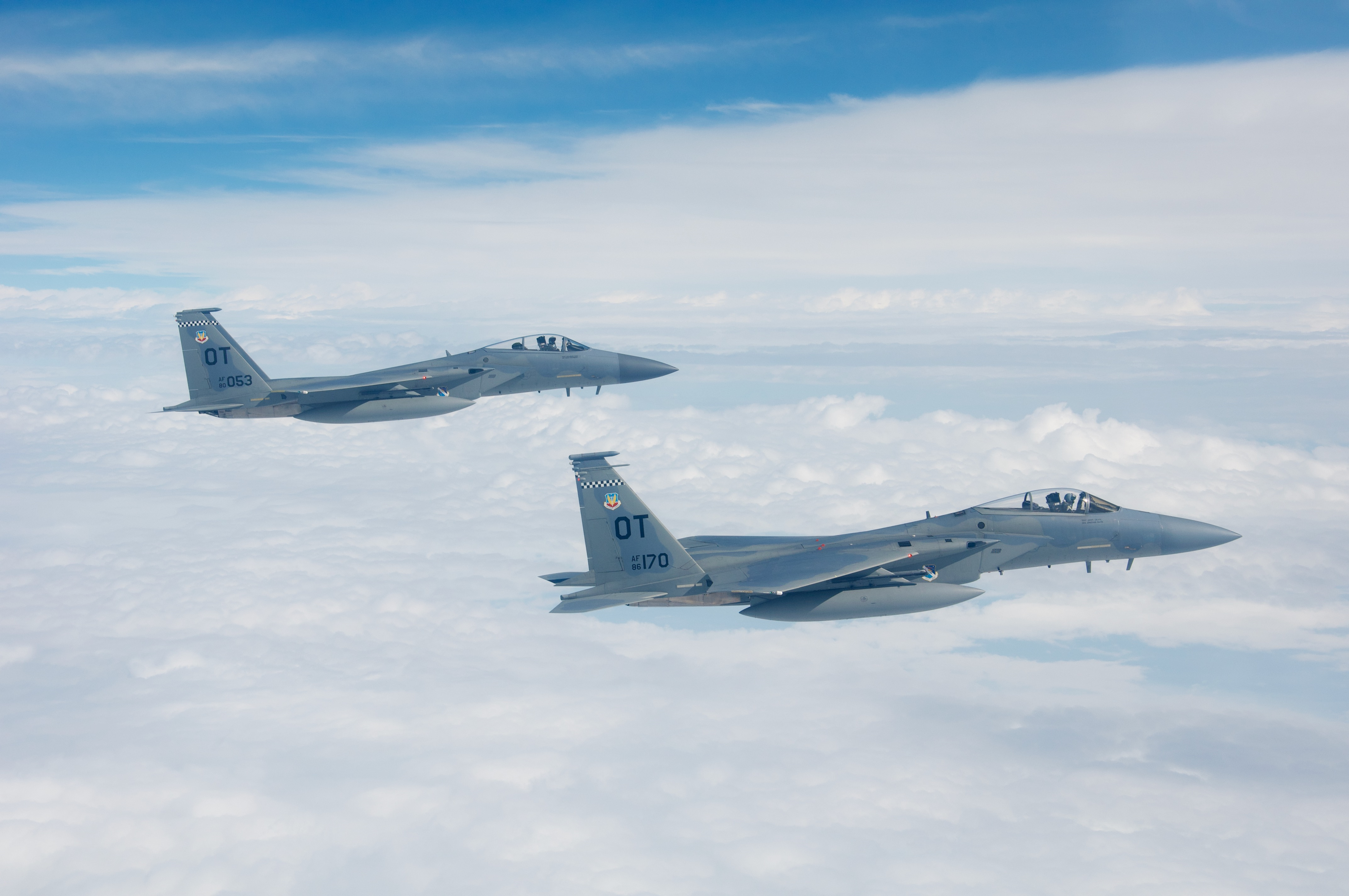About 300 Airmen and F-16s from the South Carolina Air National Guard’s 169th Fighter Wing deployed to Prince Sultan Air Base, Saudi Arabia, recently for an expeditionary force deployment.
The F-16s, deployed to the 378th Air Expeditionary Wing, will “increase defensive capabilities against potential threats in the region,” the wing said in an April 14 release. The deployment is the largest for the wing since 2018, and will last “several months.”
“Swamp Fox Airmen are once again honored to deploy in support of our great nation’s national security objectives,” said U.S. Air Force Col. Akshai Gandhi, 169th Fighter Wing commander, in the release. “Our Citizen-Airmen are fully integrated with our active component brothers and sisters to partner with our allies in the Central Command area of responsibility to deliver air power where and when needed.”
The deployment is the second from South Carolina in the past 18 months. South Carolina F-16s and Airmen from the 77th Fighter Squadron at Shaw Air Force Base, S.C., deployed to Saudi Arabia in October 2020.
The Air Force built up Prince Sultan Air Base in 2019 as tensions rose with Iran, deploying fighter aircraft and U.S. Army Patriot missiles at the time.
